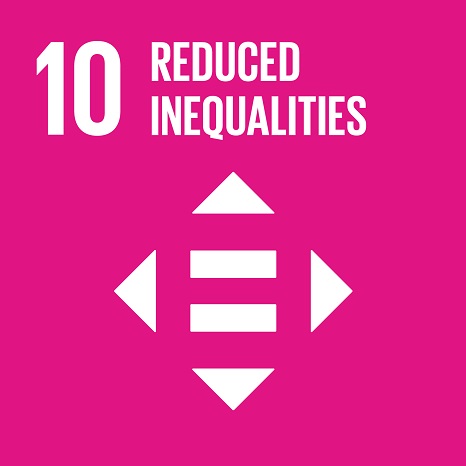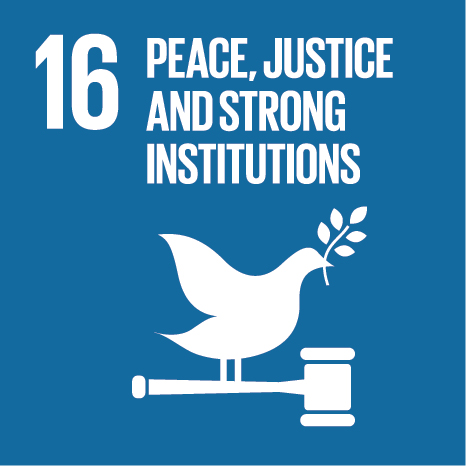'Relic Enclaves and Hyper-colonial Nostalgia'
Event Title
Congresso Internacional - Insularidades e Enclaves em Situações Coloniais e Pós-coloniais: Trânsitos, Conflitos e Construções Identitárias, Séculos XV_XXI; Centro de História da UL, FLUL; 6 de Dezembro
Year (definitive publication)
2018
Language
English
Country
Portugal
More Information
Web of Science®
This publication is not indexed in Web of Science®
Scopus
This publication is not indexed in Scopus
Google Scholar
This publication is not indexed in Google Scholar
This publication is not indexed in Overton
Abstract
“Relic” enclaves are a curious sub-category of cultural enclaves, an alternative concept invented by the anthropologist Georges Castile in 1981 aimed at avoiding the strictures of the notion of ethnic groups, a now burnt-out term coined in 1969 by Fredrik Barth rapidly radiating into various social sciences in the 1970s. Unlike classic enclaves such as Gibraltar, tiny relic enclaves strike the eye as human zoos of sorts. Frozen in time and space, they are profoundly different from their surrounding groups in linguistic, religious, and ethnic terms. But their enclosure is less administrative than affective. We extend Pamila Gupta’s analysis of the relic State in Portuguese India to this penumbral world of peculiar human curios. It is as if one of their remote former colonial powers glued them to a long-lost paradise, for which they yearn emotionally in order to countervail their present-day subaltern status. Schizophrenically dominated by two powers – politically by the local one, ideologically by the distant homeland – they choose power A over B, A being seen as somehow “less oppressive” than B. Avoiding assimilation, one of their multiple Creole identities harks back to a mythical ex-colonial past, making them look – in their current postcolonial world – like archaic relics.
Can we term this effusive, exaggerated veneration of their semi-European origins (apparently not very anti-colonial) a hyper-colonial form of nostalgia? Was this longing injected from outside, or homegrown? Or both? Perversely, being seen as relics can actually render profits (via visibility and tourism) as well as survival (via identity politics). Examples in “Portuguese” Asia can be found in Malacca, Penang, Singapore, Tugu, Larantuka, and Daman. These cases allow us to enlarge drastically the scope of the term enclave. They also afford us an intimate window into the subjective worlds of people living today in these antique communities.
Acknowledgements
--
Keywords
relics,identity shifts,hyper-colonialism
Fields of Science and Technology Classification
- History and Archeology - Humanities
Contributions to the Sustainable Development Goals of the United Nations
With the objective to increase the research activity directed towards the achievement of the United Nations 2030 Sustainable Development Goals, the possibility of associating scientific publications with the Sustainable Development Goals is now available in Ciência_Iscte. These are the Sustainable Development Goals identified by the author(s) for this publication. For more detailed information on the Sustainable Development Goals, click here.

 Português
Português




